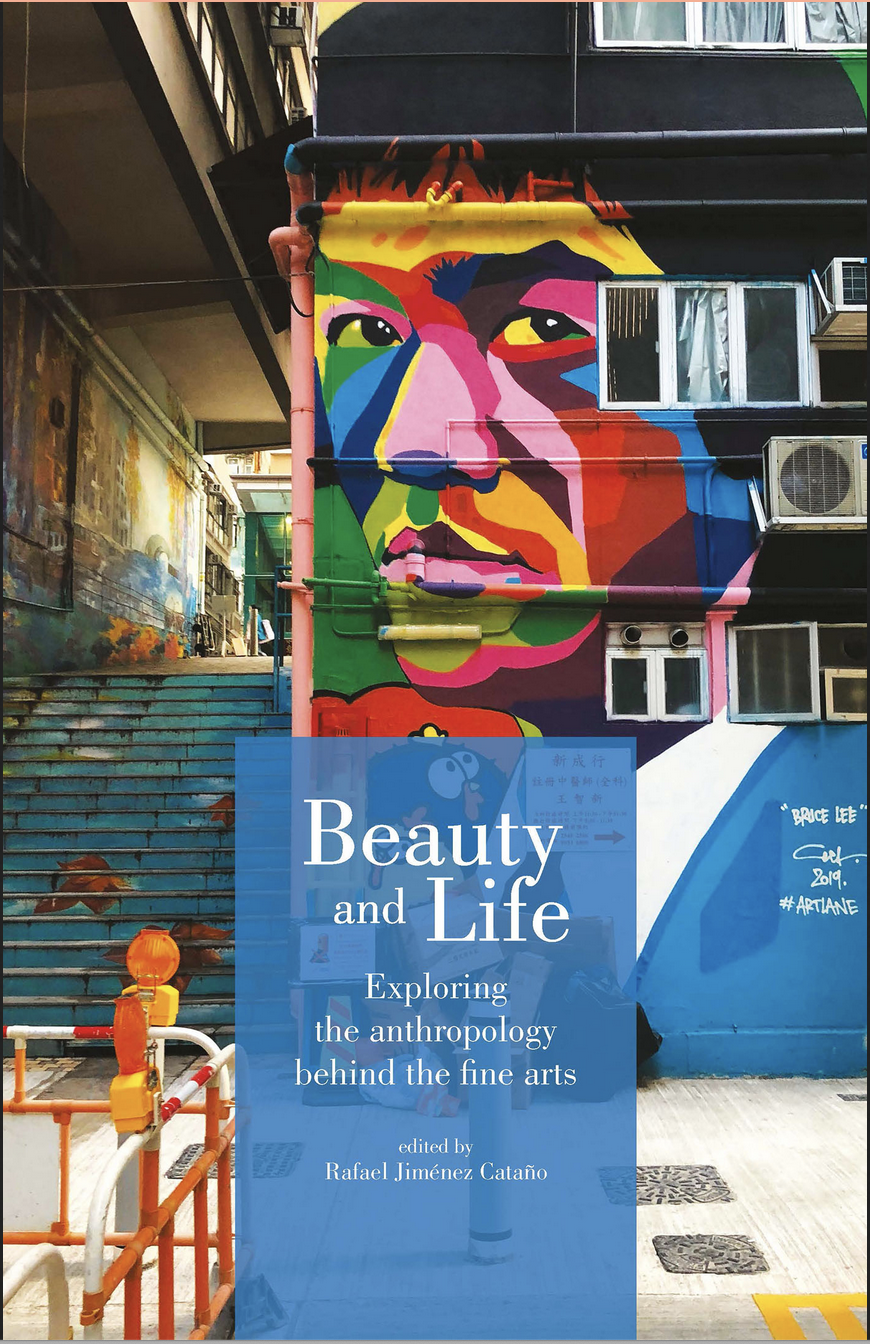The knowledge of dance professionals has often been socially undervalued because their embodied competencies cannot be easily translated into verbal forms. Using Miranda Fricker’s formulation of epistemic injustice, this type of injustice occurs when someone’s experiences are not well understood because these experiences do not fit any wording or concepts known to them. The discussion of embodied knowledge has attracted attention within the humanities and other related fields over the last two decades but accounts of bodily knowledge have remained in many respects incomplete and vague.
The new publication ‘Bodily knowledge: Revised epistemological reflections on kinaesthesia, movement, and dance’ in the book Beauty and Life is concerned with the conceptualisation of bodily knowledge and its epistemological relevancy, and it uses examples from movement and dance practices. The chapter is motivated by the observation that through our bodily movements, we evaluate other beings in their environments—their size, shape, texture, speed, tensions, personal rhythms, affective states, intentions, and desires—while becoming aware of our own bodily features and affective intentions.
The chapter is a revised version of an article published 20 years ago. Because of massive upheavals in digitalisation and information technologies, unfortunately, the discussion of bodily knowledge seems to be an even more marginal phenomenon than it was 20 years ago. The power of visuality influences the ways in which the meanings of the phenomenal body are understood by stressing the importance of appearance, body image, and body shape. Like the power of the image, speech acts are overwhelmed by the weak signals through which embodiment appears to us in tacit ways. Still, the need to outline the significance of bodily knowledge—in the midst of a Twitter flood—has hardly diminished in the 2020s.

